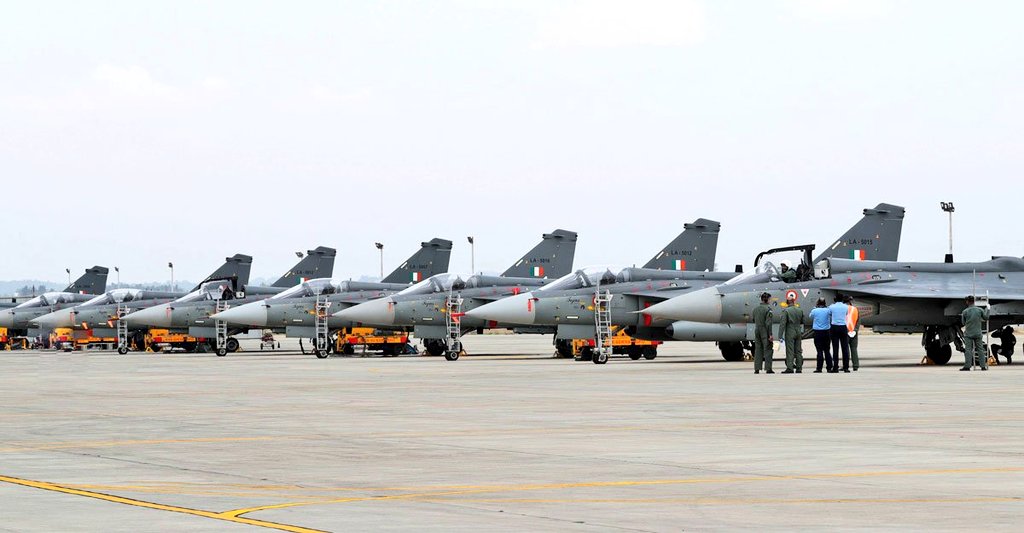SOURCE: IDRW.ORG


In a pivotal development for India’s indigenous fighter jet program, General Electric (GE) Aerospace has confirmed that the first of its F-404 engines for the Tejas Mk1A is en route to India, expected to arrive before the end of March 2025. This milestone marks the beginning of a revised delivery schedule that promises to accelerate the Indian Air Force’s (IAF) deployment of the advanced Light Combat Aircraft (LCA) variant. With 12 engines slated for delivery in 2025 and a ramp-up to 20 engines annually from 2026 onward, the IAF is poised to raise its first Tejas Mk1A squadrons by year-end, significantly bolstering its combat capabilities.
The F-404-IN20 engine, a critical powerplant for the Tejas Mk1A, has been a bottleneck in the program due to supply chain delays that pushed back initial deliveries from March 2023 to this month. GE’s commitment to deliver 12 engines by December 2025 will enable Hindustan Aeronautics Limited (HAL) to complete and hand over at least eight Tejas Mk1A jets—six fighters and two trainers—allowing the IAF to operationalize its first squadron of 18 aircraft (16 fighters and two trainers) by the end of the year. This aligns with the IAF’s urgent need to replace its retiring MiG-21 Bison squadrons and address a dwindling squadron strength, currently at 31 against a sanctioned 42.
From 2026, GE’s plan to supply 20 engines per year will further accelerate the Tejas Mk1A rollout. This annual delivery rate will support the production of approximately 20 fighters enough to raise one full squadrons annually and one partially, each squadron comprising of 16 single-seat fighters and two dual-seat trainers for pilot training and operational conversion. HAL’s enhanced production capacity, now at 24 aircraft per year with new lines in Bengaluru and Nashik, complements this schedule, ensuring that the IAF can steadily build its Tejas fleet to meet the 83-aircraft order signed in 2021, valued at ?48,000 crore, and the additional 97 jets approved in principle.
This delivery schedule has broader implications for the IAF’s modernization roadmap. The Tejas Mk1A, with its improved avionics, beyond-visual-range missile capabilities, and enhanced maintainability over the Mk1, is a cornerstone of India’s push for self-reliance in defense. The ability to raise one squadron by late 2025 and two annually from 2026 will help the IAF phase out legacy aircraft and counter regional threats from China and Pakistan, whose air forces are modernizing rapidly. By 2032-33, HAL aims to complete the 180 Mk1A jets on order, potentially restoring the IAF to its full squadron strength if supplemented by other acquisitions like the MRFA (Multi-Role Fighter Aircraft) tender.
NOTE : Article cannot be reproduced without written permission of idrw.org in any form even for YouTube Videos to avoid Copy right strikes. Websites doing illegal reproductions will get DMCA and Legal Notices.